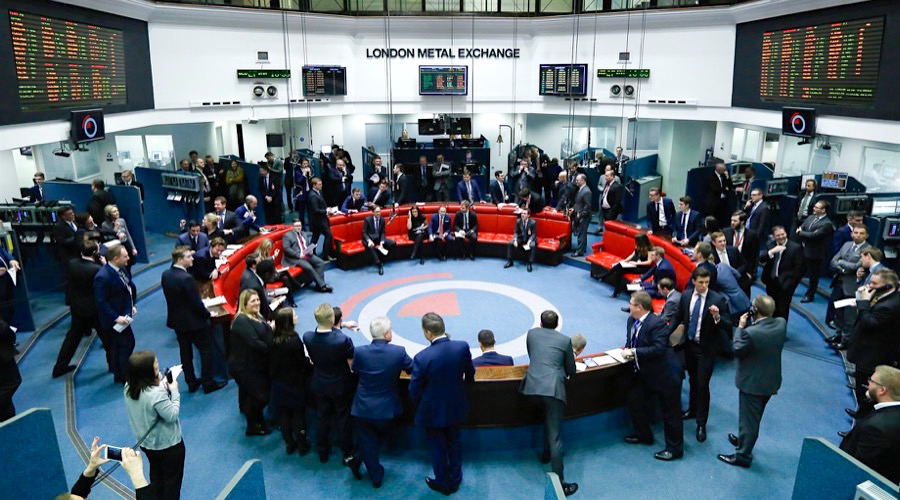LME nickel volumes plunge with exchange still hostage to March trading fiasco

The volume of nickel traded on the London Metal Exchange (LME) dropped more than 40% in July as funds, consumers and producers continued to shun the market – months after trade was suspended for more than a week in March as prices dramatically spiked.
Traders say many previous participants of the market worry they may be buffeted by price volatility again, while others believe the type of nickel traded on the LME is no longer representative of the global market.
The world’s oldest and biggest market for industrial metals cancelled billions of dollars in trades on March 8 after prices spiked by more than 50% in a matter of hours to a record above $100,000 a tonne.
Average daily LME traded nickel volumes fell to 34,962 lots or 209,772 t in July, down nearly 42% from the same period last year. In January and February nickel volumes rose more than 22% and 23% respectively.
Related: Nickel price tops $30,000 for first time since 2008 amid short squeeze
“Volumes are down generally (on metals markets) partly because of global slowdown, but nickel has an extra burden,” a metals trader at a natural resources fund said. “People are still nervous about trading it on the exchange.”
Sliding volumes and open interest — the number of outstanding contracts due to mature or be rolled over at the next settlement date — mean low liquidity, which can exaggerate price moves.
“We have low volumes and open interest and a market that is becoming more illiquid by the day,” a nickel trader said, adding that illiquidity had driven away some fund business.
The chaos in March and a sense that the LME contract no longer represents the nickel market have meant many consumers and producers are avoiding the exchange, traders say.
According to Macquarie analyst Jim Lennon, nickel that can be traded on the LME amounts to around 600 000 t or 19% of global supplies at more than 3.1-million tonnes this year.
The remainder is nickel pig iron and ferro nickel used to make stainless steel. Nickel is also a key material for the batteries that power electric vehicles.
(By Pratima Desai; Editing by Kirsten Donovan)
{{ commodity.name }}
{{ post.title }}
{{ post.date }}

Comments